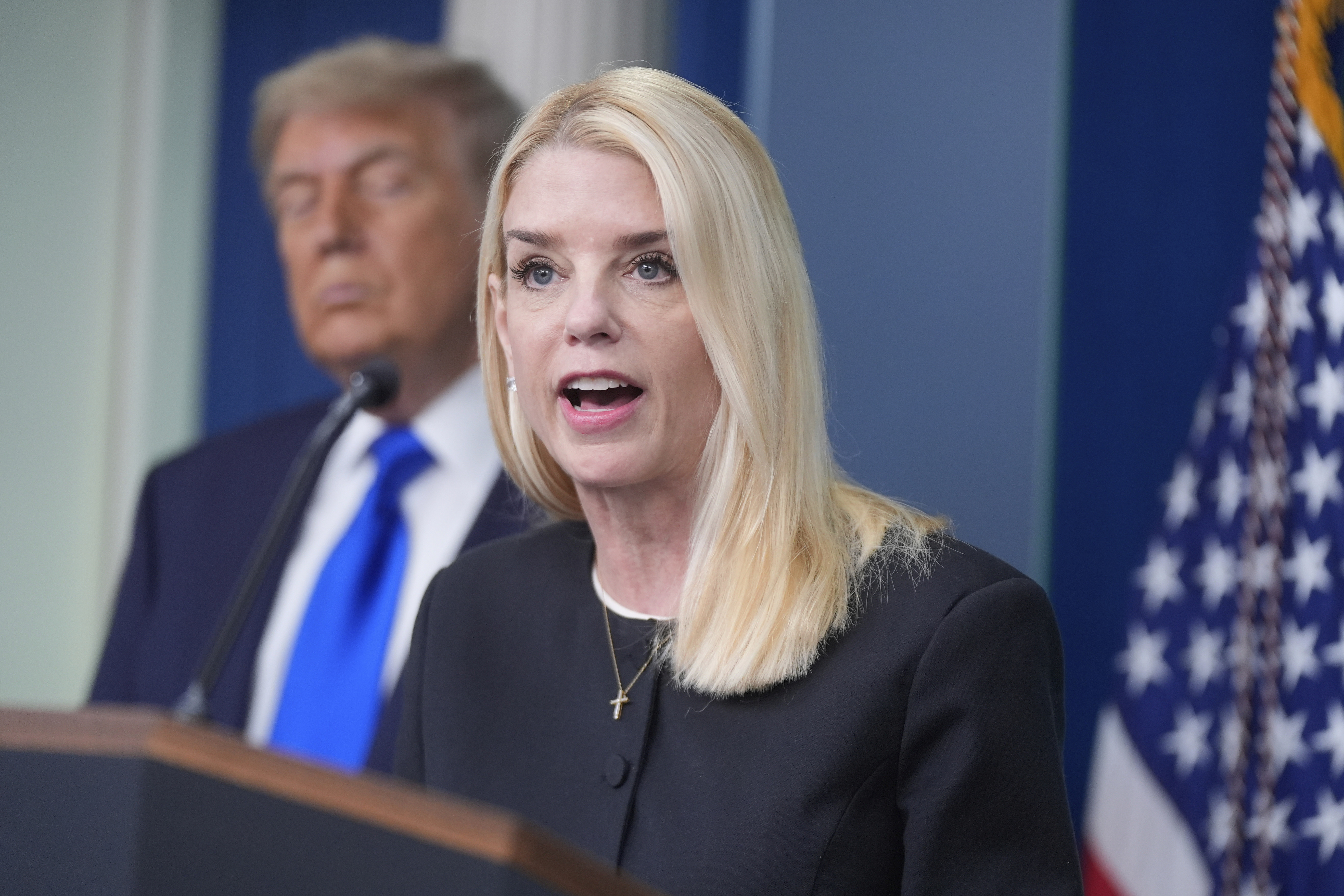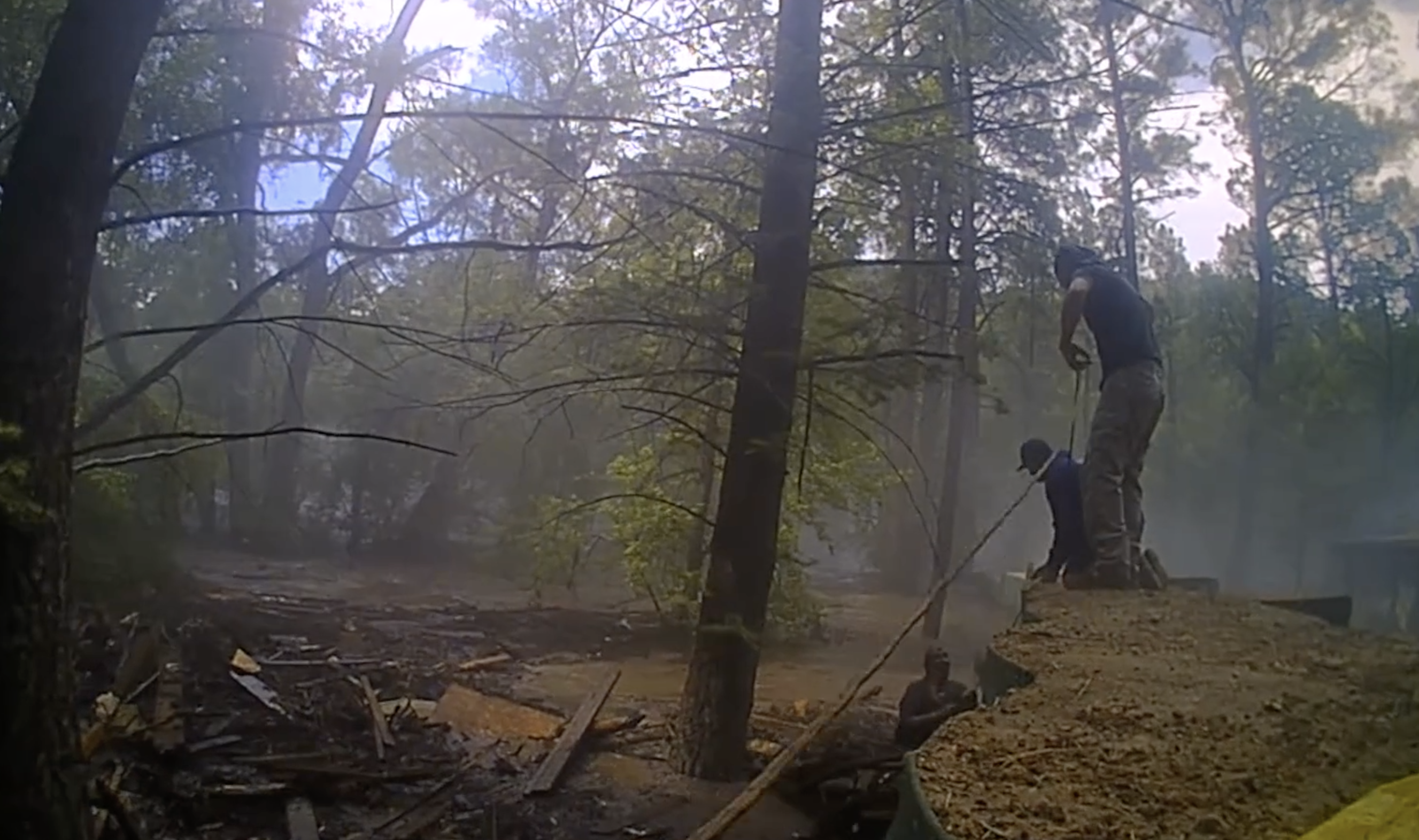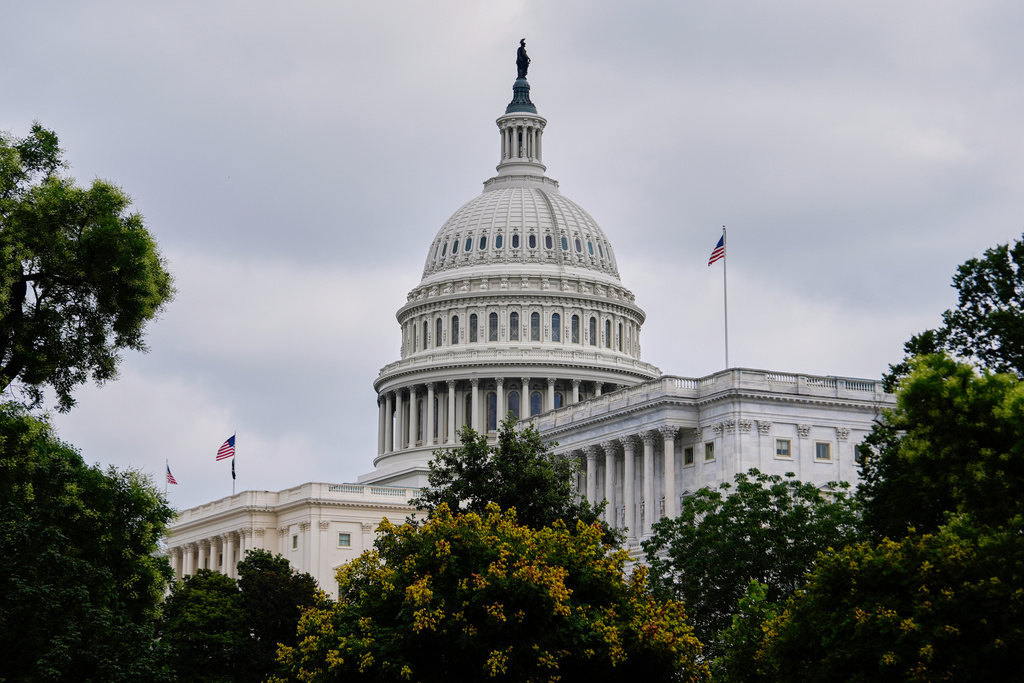The view from above Ronan, Montana, is pretty good, but nothing can beat the view from the International Space Station.
On the ground, students on the Flathead Indian Reservation in Montana got a firsthand look at the view thanks to Nicole Mann — NASA's first Indigenous woman in space and the spacecraft commander for NASA's SpaceX Crew-5 mission to the space station.
"The other day we were passing over Montana and I could see the Flathead Indian Reservation, I can see Glacier National Park going up into Canada, and it was just beautiful," Mann said.
It's Mann's first spaceflight, and she used the opportunity to answer students' prerecorded questions live from the space station.
Just months before, many of the kids had never even left the state, let alone been on any sort of flight. That changed for some older students in October when about 50 kids from the area spent almost a week at the Kennedy Space Center where they watched a rocket launch.
"The Boys and Girls Club in our valley were chosen by the students to launch program, which is a new program getting as many kids from underserved areas to rocket launches as possible," said Hilary Lozar, an elementary STEM teacher.
Lozar chaperoned the trip.
"I was videoing the rocket launch so I wouldn't forget it," Lozar said. "Watching it and also looking around me, looking at all these kids with their jaw dropped, eyes wide open — it was just, there's a lot going on."
Months later, Lozar learned even more of her students would get a glimpse into the world of space — this time directly from Mann live.

NASA finds planet 100 light-years away that could be like Earth
TOI 700 e is an Earth-size world that orbits in its star's habitable zone, which means the planet's temperature could allow for water to be liquid.
"Knowing that Houston ground control is talking about our school and our local Boys and Girls Club and they have all the questions lined up from our kids, it just felt like suddenly we were part of things rather than watching from the side," Lozar said.
They're included and communicating directly with a role model who looks like them.
"Just because they're women or just because they're Native American... it doesn't mean they shouldn't get to," said Hadassah Meyers, a fourth grade student.
"I have a couple kiddos who just look at her for a minute, and I explain that she's Native," Lozar said. "She's not just a woman in space, which is already really neat, but a Native woman and, well, I'm a Native woman too."
Mann answered questions for about 20 minutes, including one from Meyers asking whether dreams are different in space.
"I had that same question before I traveled to space, and my dreams are very similar to dreams on Earth," Mann said.
Mann was asked everything from "Can you have pets?" to "How do you wash your hair?" and what she wishes was out in space with her.
"Right now, I wish I had my son with me," Mann said. "He is 10 years old, and he would love being in space. And I think that we would just have an incredible time being in microgravity."
For Lozar, she hopes events like this inspire more girls and Indigenous students to pursue careers in STEM, with people like Mann leading the way.
"Seeing that become more and more honored and spotlighted in mainstream culture and in the science world has been really exciting," Lozar said. "The more Native kids that we get involved in STEM, the more we will see that happening, and I think that's very important."
Plus, it serves as a reminder that no matter how big or far, their dreams can take off.

2022 year in review: space
This year in space includes NASA's Artemis launch, new James Webb Space Telescope images and a historic mission crashing into an asteroid.











